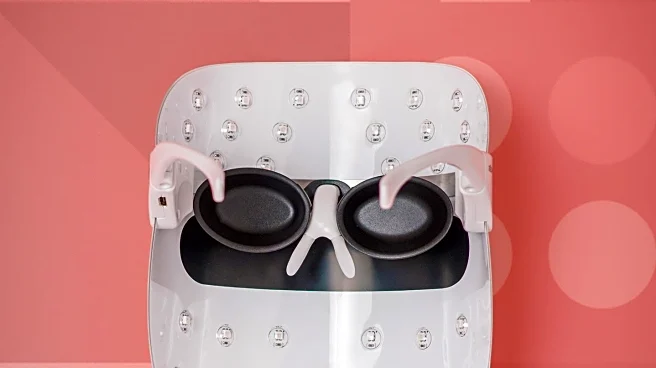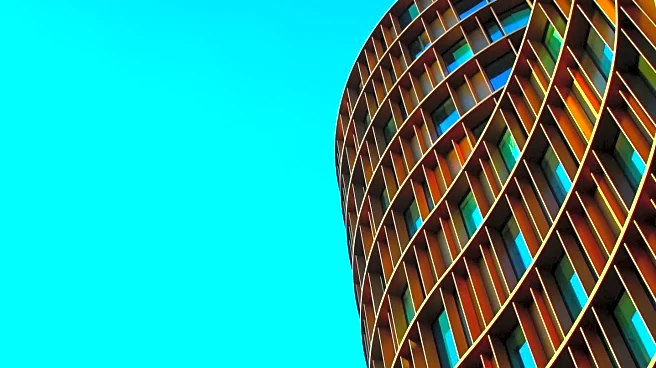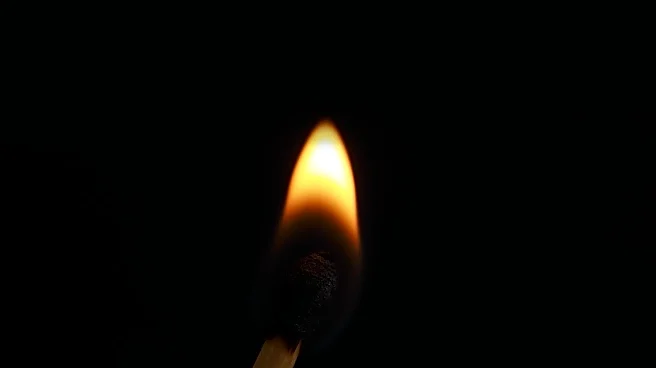What's Happening?
Light therapy lamps have been identified as a promising treatment for seasonal affective disorder (SAD) and nonseasonal depression, according to mental health experts. These lamps mimic natural sunlight
and can influence circadian rhythms, mood neurotransmitters like serotonin and dopamine, and melatonin levels. Dr. Susana Solomon and Dr. Lisa Strohman emphasize the importance of using lamps with the correct lux level, between 5,000 and 10,000 lux, to achieve therapeutic benefits. The lamps should be used in the morning for about 30 minutes to maximize their effectiveness. Other treatments for SAD include talk therapy and antidepressants, with natural sunlight also recommended as an alternative.
Why It's Important?
The significance of light therapy lies in its ability to offer a non-pharmaceutical option for managing depression, particularly during the winter months when natural sunlight is scarce. This treatment can be especially beneficial for individuals who prefer non-medication approaches or who experience side effects from antidepressants. The widespread availability and affordability of light therapy lamps make them accessible to a broad audience, potentially reducing the overall burden of depression on the healthcare system. Additionally, the emphasis on routine and natural light exposure highlights the importance of lifestyle modifications in mental health management.
What's Next?
As light therapy continues to gain recognition, healthcare providers may increasingly recommend it as a first-line treatment for SAD and nonseasonal depression. Further research could explore the long-term effects of light therapy and its potential applications in other mood disorders. Public health campaigns might focus on educating the public about the benefits of light therapy and encouraging its use during the darker months. Additionally, advancements in technology could lead to more efficient and user-friendly light therapy devices.
Beyond the Headlines
The growing acceptance of light therapy reflects a broader shift towards holistic and integrative approaches in mental health care. This trend underscores the importance of considering environmental and lifestyle factors in the treatment of mood disorders. The success of light therapy may also inspire further exploration into other non-invasive treatments, such as mindfulness and exercise, as complementary strategies for mental health management.












